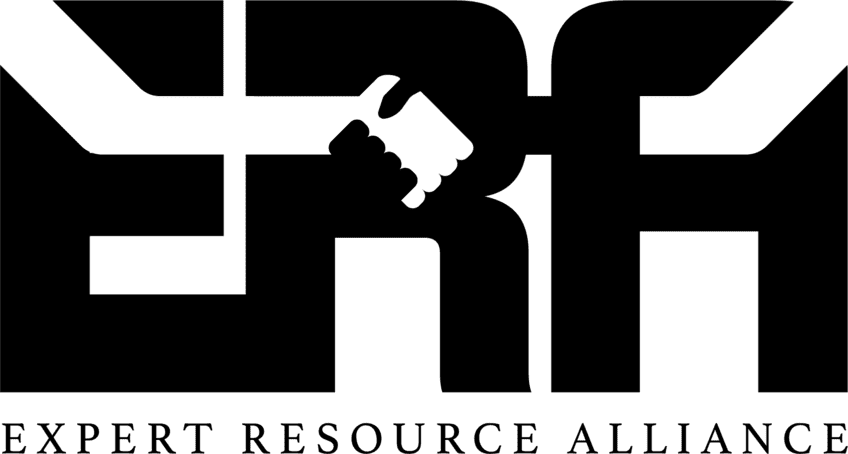Working with employed or independent contractors allows your business to attract more talent. However, 30% of workers leave their jobs within the first 90 days, making a streamlined contractor onboarding process critical.
If you are an employer wondering how to swiftly and efficiently onboard an independent contractor, this article will help. Let’s get started.
What is Contractor Onboarding?
Contractor onboarding is typically a standardized process that newly hired contractors undergo before or immediately after starting work. It is the first impression between employees and employers, as well as the shift from talent acquisition to talent management.
The onboarding process typically involves training and screening contractors to ensure alignment with the organization’s policies, procedures, and goals relevant to their assigned project.
This process also familiarizes contractors with the organization’s values and operational guidelines. The first and foremost goal is to improve efficiency and reduce risks associated with the contractor’s job.
Because contractors have a limited understanding of your company structure, onboarding enables them to comprehend and adhere to company rules and policies.
To understand the importance of effective contractor onboarding processes in attracting and retaining talent, here are some proven statistics:
- 98% of remote workers are willing to work remotely for the rest of their careers.
- 86% of employers believe new hires decide whether to stay at a company in their first 90 days.
- About 33% of employees worldwide strongly believe that the mission or purpose of their organization instills a sense of importance in their job.

5 Benefits of a Streamlined Onboarding Process
An effective onboarding process significantly accelerates companies’ progress and brings excellent outcomes in a shorter timeframe. Yet, many organizations still underestimate the benefits of a well-structured onboarding program, which include:
- Building a connection with contractors: When contractors feel integrated into the company’s culture from the start, they are more likely to become committed partners.
- Time and cost savings: An organized onboarding process streamlines introductory training, access to tools, security protocols, and communication channels, ultimately saving time and money.
- Reproducibility: A structured system allows hiring managers to repeat when hiring future contractors easily. This consistency reduces their burden and ensures a seamless experience for new workers.
- Quick project start: By providing the necessary resources and upfront support, organizations help contractors quickly adapt to assigned projects, especially those with limited time.
- Enhancing brand reputation: 75% of new hires share their first day of work experience on social media. They will likely share a positive impression of a smooth onboarding process, enhancing the company’s reputation.
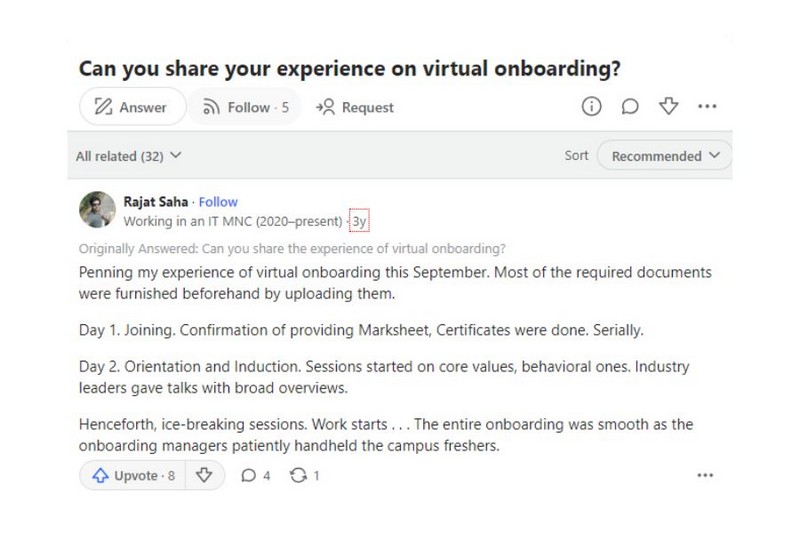
A Step-by-Step Guide To Contractor Onboarding Process
Companies should provide contractors with thorough safety and human resources to create a smooth onboarding experience. We recommend employers structure this journey into stages to deliver onboarding content in a manageable manner.
What is the onboarding process of a contract?
- Step 1: Pre-Contractor Onboarding Preparation
- Step 2: Contractor Orientation and Welcome
- Step 3: Providing Necessary Documentation and Tools
- Step 4: Training and Skill Development
- Step 5: Integration into Projects and Teams
- Step 6: Ongoing Support and Feedback Mechanisms
Let’s break these steps down and see how each contributes to a smooth onboarding experience for contractors.
Step 1: Pre-Contractor Onboarding Preparation
A good starting point for a contractor onboarding workflow is to outline the steps and documents involved. To create a suitable checklist, answer the following questions:
- What positions require onboarding?
- Are there higher-risk roles that demand more training and a thorough onboarding process?
- Which locations necessitate contractor onboarding setup?
- How frequently should contractor onboarding sessions happen?
- Are there any specialized onboarding paths required for specific projects?
Answering these questions allows employer to create a comprehensive framework for contractor onboarding procedures. Once the mindset is established, it’s time to prepare critical components for onboarding independent contractors:
| Contractor’s Information | 1. Contact details (name, address, phone number, email). 2. Payment details, including bank account information or preferred payment method. 3. Tax identification number and other tax-related information required by law. 4. Immigration status or work authorization documentation. |
| Relevant Legal Agreements | 1. Contractor agreement outlining terms and conditions of the arrangement. 2. Non-disclosure agreement (NDA) to protect confidential information. 3. Intellectual property (IP) to specify ownership rights to created work. |
Note: If hiring contractors from different countries, consider creating sub-checklists tailored to each country’s tax and legal requirements.
For example, filing a 1099-NEC form is necessary when hiring US-based contractors. Then, customize your checklist for US contractors accordingly.
Step 2: Contractor Orientation and Welcome
The second step in the contractor onboarding process is to orient and welcome the contractor. This phase means officially integrating contractors into your organization and ensuring they understand key workflows, processes, and communication channels. Here is what contractors need to know:
| Information | |
| Company Overview | Provide an overview of the company’s mission, values, and culture. Explain company goals and how the contractor’s work contributes to achieving them. |
| Team Introduction | Introduce contractors to their team members, including stakeholders and collaborators. Explain each team member’s role and how they fit into the larger project. |
| Role and Responsibilities | Clearly outline the contractor’s role, responsibilities, and expectations. Detail tasks, deadlines, and deliverables they will be accountable for during their contract period |
| Company Policies and Procedures | Familiarize contractors with company policies and procedures, such as code of conduct, confidentiality agreements, safety protocols, etc. |
Depending on the nature of the tasks, the organization can set Key Performance Indicators (KPIs) or request progress updates.
Regardless, foster an environment that encourages questions, making it a two-way discussion. Be patient and proactively answer new hires’ questions to help them feel welcome and have no doubt before starting the job.
Step 3: Providing Necessary Documentation and Tools
During this step, contractors should have access to all the required documentation and tools to perform their roles effectively. They include but not limited to:
1. Relevant Documentation:
- Contractor agreements
- Employee handbook
- Onboarding schedule
- Legal agreements
- Points of contact within the organization for assistance
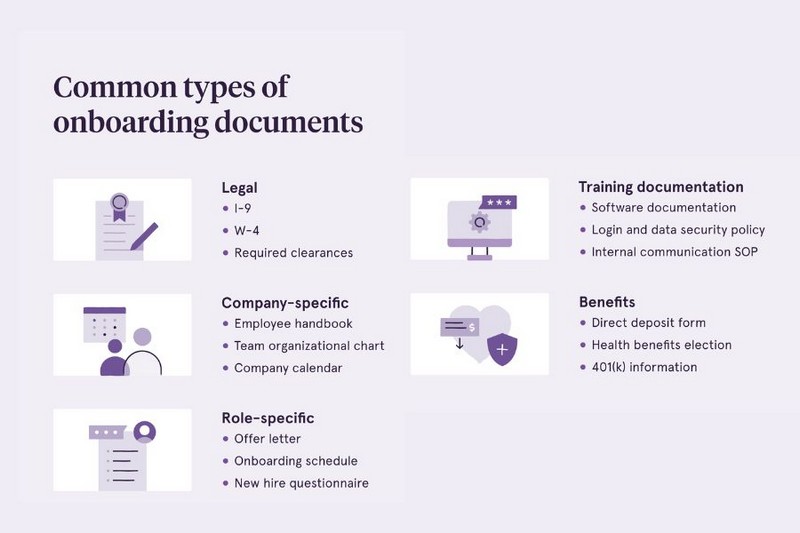
2. Required tools and resources:
- A functional workstation
- Necessary tools for the task
- Access to system logins, passwords, and security passes
- Access to guides or other reference materials
3. Project-related information:
- Expense and time reporting procedures
- Reporting protocols
- Designated communication platforms.
Equipping contractors with this information minimizes interruptions and ensures seamless project performance. But that’s not all. Here are some tips to help employer create helpful and engaging process documentation for your new hires:
- Use captions and images to emphasize key points.
- Write in an everyday tone and provide enough context for understanding.
- Regularly update missing documents from each onboarding process.
- Take feedback from new hires for continuous improvement.
Step 4: Training and Skill Development
Here comes another crucial step when onboarding independent contractors. During this step, contractors will receive comprehensive training on various job responsibilities, including procedures and best practices.
Besides, they will develop skills in areas such as:
- Technical skills
- Communication
- Problem-solving
- Project management
… and more.
Nowadays, many companies even encourage continuous learning and professional growth. They offer new hires access to online courses, workshops, and mentorship programs.
For example, Bobonos offers the “Managing for Success” course, which equips employees with the vital skills needed for leadership and supervisory roles. Meanwhile, the “How to Manage Up Well” course provides entry-level and associate employees with insights on interacting with their managers.
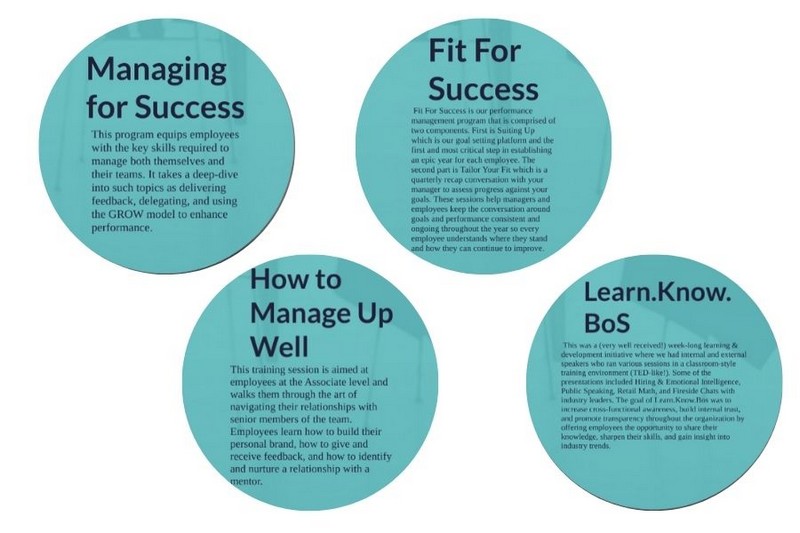
As a result, Bonobos boasts a passionate workforce with a culture of mutual respect among all its members.
Step 5: Integration into Projects and Teams
This step is where new hires shift from learning to projecting and collaborating with team members.
During this stage, contractors are introduced to ongoing projects and assigned specific tasks or responsibilities. They join project teams, work closely with colleagues, share ideas, and contribute to achieving project goals.
It’s critical to provide new hires with clear guidance and support to facilitate an effective integration process, including:
- Assign mentors or buddy systems to help them navigate their roles and team dynamics.
- Address any challenges or worries they may encounter.
- Promote a culture of partnership and open communication within project teams.
- Connect them with key stakeholders.
- Encourage new hires to ask questions and actively participate in team meetings.
Integration is not only about getting contractors up to speed on their tasks but also about making them feel valued team members. It empowers contractors to contribute meaningfully to the organization’s projects and objectives.
Step 6: Ongoing Support and Feedback Mechanisms
The last phase of the contractor onboarding workflow is ongoing support and feedback. To do it effectively, do a quick review with the contractors:
- Update changes that have occurred.
- Review project progress, milestones, and deadlines.
- Reestablish communication channels and protocols.
- Answer new questions from contractors.
Setting up these review sessions periodically during the first months ensures everyone is on the same page and avoids potential disruptions.
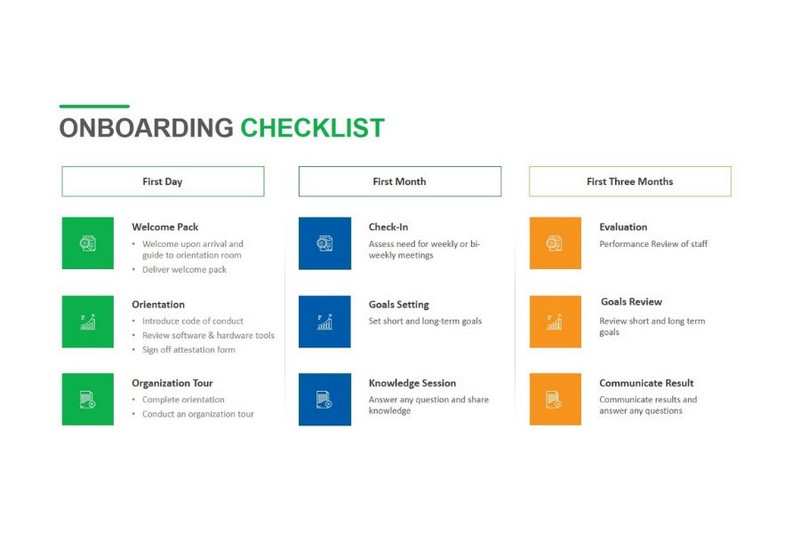
Furthermore, after a new freelancer or contractor completes the first milestone, providing detailed feedback is beneficial. This feedback:
- Help contractors better understand your expectations and produce high-quality work.
- Evaluate whether the contractor precisely delivered what was required and whether any elements were missing.
- Outline areas for improvement and suggest adjustments for future tasks.
Depending on the situation, the employer may also require edits or changes to the work already submitted.
By consistently getting detailed feedback, the contractor learns and improves with each milestone, ultimately contributing to the project’s overall success.
Conclusion
A streamlined contractor onboarding system minimizes risk and improves productivity within your organization. As the demand for freelancers continues to increase, let’s proactively establish onboarding processes to manage contractors better and prepare for future hires.
Contact ERA today to learn more about professional staffing solutions.
Frequently Asked Questions
1. What do you need to onboard a contractor?
What you need to onboard a contractor includes but is not limited to:
- Contractor’s information
- Required tools and resources
- Relevant legal agreements
- Project-related information
- Company policies and procedures
2. What are the steps onboarding process?
- Step 1: Pre-Contractor Onboarding Preparation
- Step 2: Contractor Orientation and Welcome
- Step 3: Providing Necessary Documentation and Tools
- Step 4: Training and Skill Development
- Step 5: Integration into Projects and Teams
- Step 6: Ongoing Support and Feedback Mechanisms
3. What is onboarding in construction?
In the construction industry, onboarding means integrating new employees or contractors into the company or project team. It involves familiarizing them with the company’s policies, procedures, safety protocols, and project-specific requirements.
Ms. Tracy has worked in human resource consulting for over 15 years. A driven entrepreneur focused on business expansion and people development. She previously worked as Country Manager for an international Australia firm that specializes in global workforce management, as well as several key roles as Business Growth Director and Executive Search Director for both large local firms to effectively drive their business growth. A strong emphasis is placed on aligning organizational priorities/objectives with business needs. She has a large network of local business leaders and a thorough understanding of the local market.
